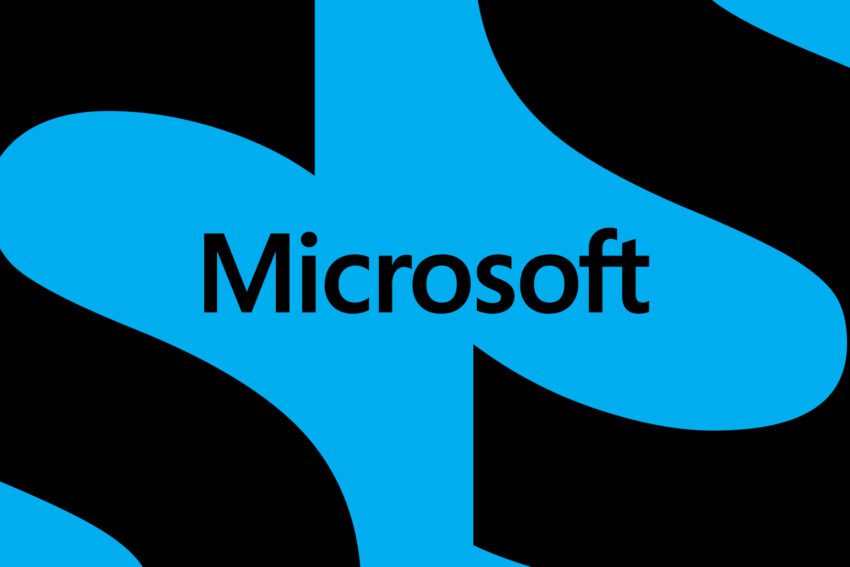
xbox sales continue to tank Microsoft’s Xbox division continues to face significant challenges, as evidenced by the latest earnings report revealing a steep decline in hardware sales.
xbox sales continue to tank
Declining Xbox Hardware Sales
In its Q1 2026 earnings report, Microsoft disclosed that Xbox hardware revenue plummeted by 29 percent year-over-year. This decline is part of a troubling trend that has persisted over the past several quarters. In Q4 of 2024, Xbox hardware sales were down 42 percent, and in the first two quarters of 2025, the decline was 29 percent. Such figures indicate a consistent downturn that raises questions about the future of the Xbox brand.
The decline in sales can be attributed to several factors, including rising tariffs and inflation, which have compelled Microsoft to increase the prices of its gaming hardware. The Xbox Series X, for instance, now starts at $599.99, a significant jump that may deter potential buyers. This pricing strategy reflects broader economic pressures affecting consumer spending habits, particularly in the gaming sector.
Shifting Strategies: The “Xbox Everywhere” Initiative
In response to the declining hardware sales, Microsoft has pivoted its strategy by deemphasizing the traditional console model in favor of an “Xbox everywhere” approach. This initiative aims to broaden the Xbox ecosystem beyond just hardware, focusing instead on content and services. While this strategy has yielded some success, the revenue growth in this area has been modest, with only a 1 percent increase year-over-year this quarter.
The “Xbox everywhere” strategy is designed to make Xbox games and services accessible across various platforms, including PCs and mobile devices. By promoting cloud gaming and subscription services like Xbox Game Pass, Microsoft hopes to attract a wider audience and mitigate the impact of declining hardware sales. However, the limited revenue growth in this area suggests that the transition may not be as smooth as anticipated.
Profit Margins and Cost-Cutting Measures
Microsoft’s desire for growth in its gaming division is further complicated by its pursuit of high profit margins. Reports indicate that the company is aiming for dramatic 30 percent profit margins in its gaming services, which has led to layoffs and the cancellation of several projects. These cost-cutting measures reflect the urgency of the situation, as Microsoft seeks to stabilize its gaming division amid declining hardware sales.
Performance of Other Microsoft Divisions
While Xbox sales are struggling, other divisions within Microsoft are experiencing growth. The company’s revenue from Windows OEM and Devices saw a modest increase of 6 percent year-over-year. However, it is important to note that Microsoft has stopped reporting Surface earnings separately, leaving the performance of these devices somewhat ambiguous. Historically, Surface sales have been on a steady decline, raising concerns about their future viability.
The Cloud Services Boom
In stark contrast to the struggles of the Xbox division, Microsoft’s cloud services, particularly Azure, are thriving. The company reported a substantial 28 percent year-over-year increase in intelligent cloud services revenue, totaling $30.9 billion. Azure alone experienced remarkable growth of 40 percent, underscoring its position as a key driver of Microsoft’s overall success.
Microsoft’s cloud revenue reached an impressive $49.1 billion, reflecting a 26 percent increase from Q1 2025. This growth trajectory has been consistent over the past several years, positioning Microsoft as a formidable player in the cloud computing market. The company’s ability to leverage its cloud services to offset declines in other areas, such as gaming, highlights the importance of diversification in its business model.
Overall Financial Performance
Despite the challenges faced by the Xbox division, Microsoft reported a total revenue of $77.7 billion for the quarter, marking an 18 percent increase compared to the same period last year. The company’s net income also saw a healthy rise, reaching $27.7 billion, up 12 percent. While these figures are largely driven by the success of Microsoft’s cloud offerings, it is worth noting that the productivity and business processes segment still accounts for a significant portion of the company’s income, totaling $33 billion.
Market Reactions and Stakeholder Perspectives
The market’s reaction to Microsoft’s earnings report has been mixed. Investors are likely encouraged by the overall revenue growth and the impressive performance of the cloud division. However, the persistent decline in Xbox hardware sales raises concerns about the long-term viability of Microsoft’s gaming strategy. Analysts are closely monitoring how the company adapts to these challenges and whether its “Xbox everywhere” initiative will yield the desired results.
Stakeholders within the gaming industry are also paying attention to Microsoft’s evolving approach. The shift towards cloud gaming and subscription services may reshape the competitive landscape, as other companies may feel pressured to adapt their strategies in response. The success of Xbox Game Pass and similar offerings could influence consumer preferences and spending habits, potentially altering the dynamics of the gaming market.
Future Outlook and Implications
Looking ahead, Microsoft’s gaming division faces a critical juncture. The decline in hardware sales poses a significant challenge, and the company’s ability to pivot successfully towards a more service-oriented model will be crucial. The “Xbox everywhere” strategy may provide a pathway for growth, but it remains to be seen whether it can offset the losses in hardware sales.
Moreover, the broader economic landscape, characterized by inflation and changing consumer spending habits, will likely continue to impact Microsoft’s gaming division. As the company navigates these challenges, it will need to balance its pursuit of profit margins with the need to invest in innovative gaming experiences that resonate with consumers.
In conclusion, while Microsoft’s overall financial performance remains strong, the ongoing decline in Xbox hardware sales presents a significant challenge. The company’s shift towards a more diversified gaming strategy may offer a potential solution, but the effectiveness of this approach will depend on various factors, including market conditions and consumer preferences. As Microsoft continues to adapt, stakeholders will be watching closely to see how the company addresses these challenges and positions itself for future success.
Source: Original report
Was this helpful?
Last Modified: October 30, 2025 at 2:36 am
2 views















